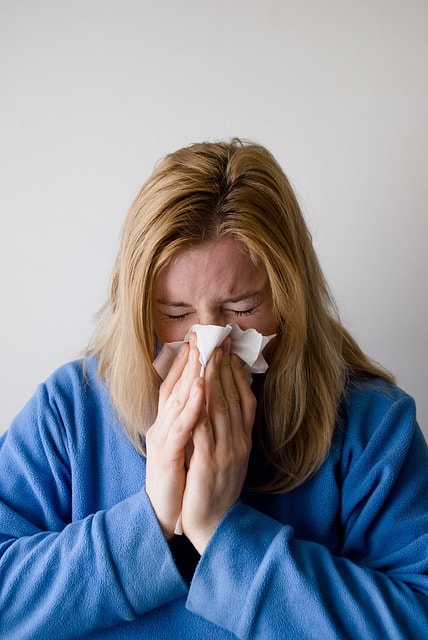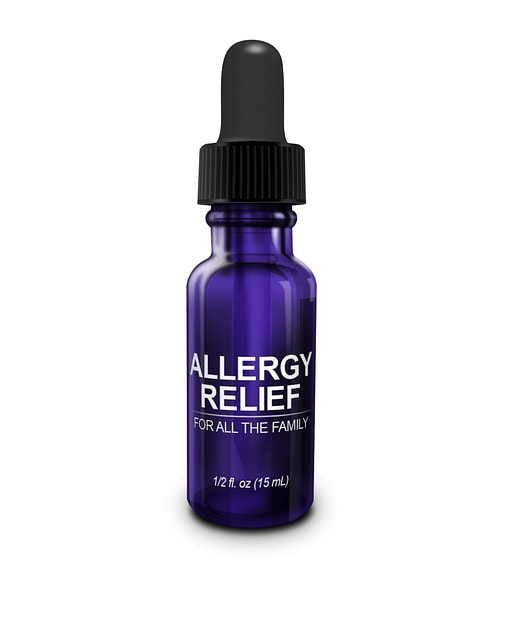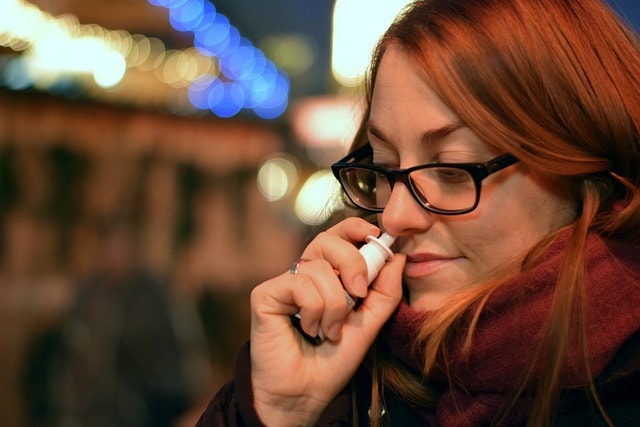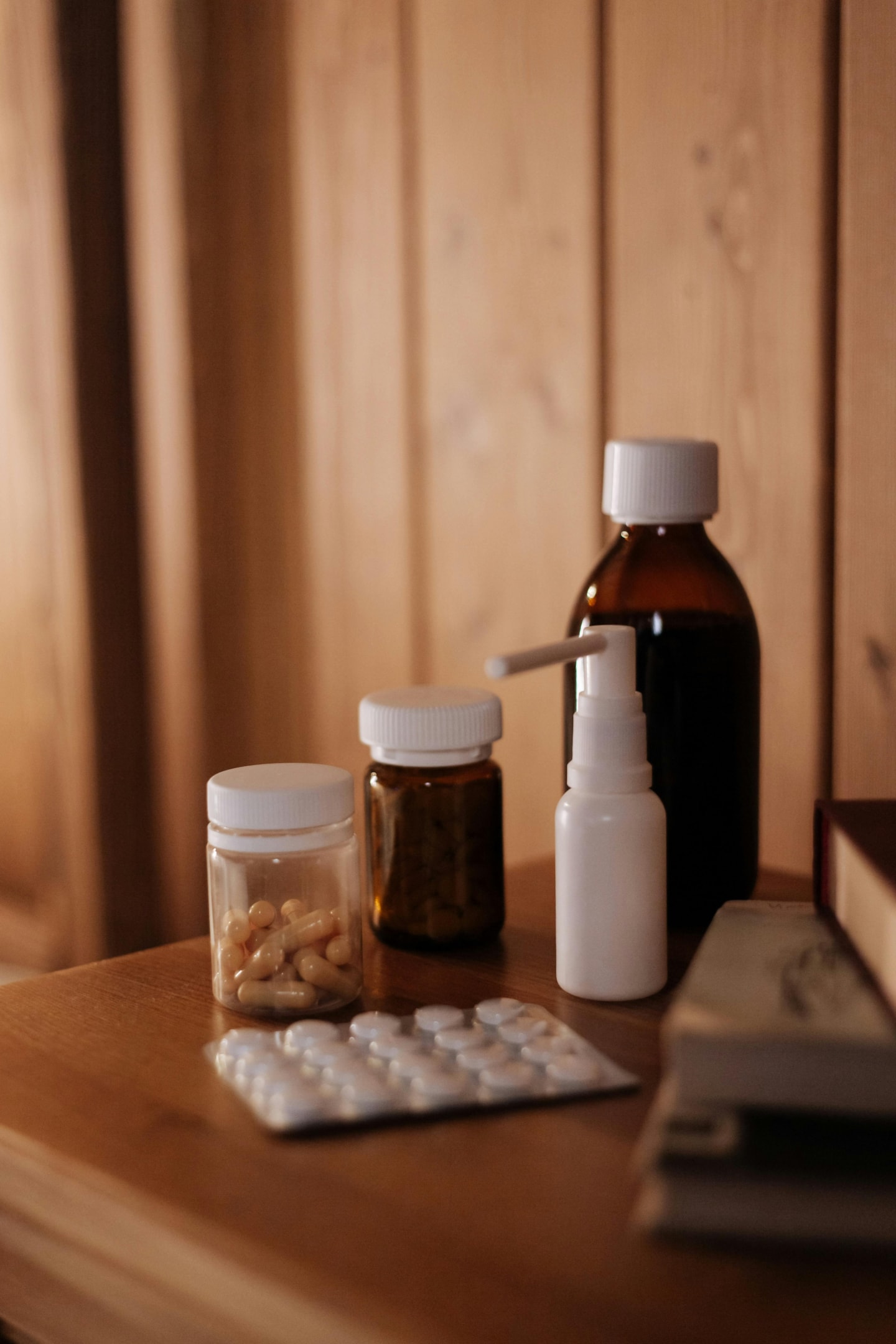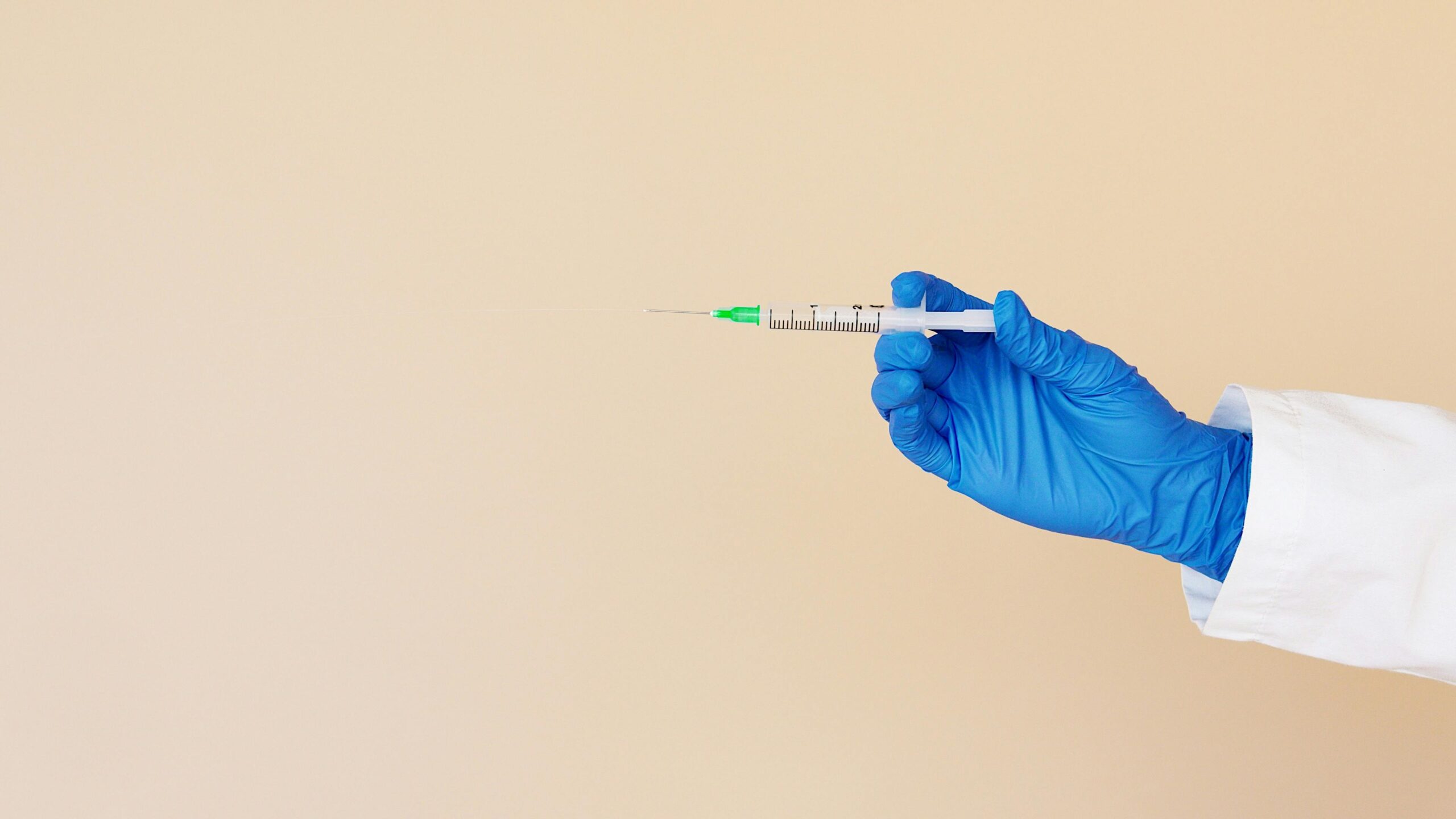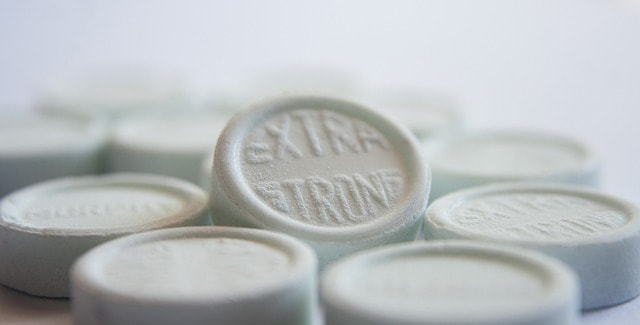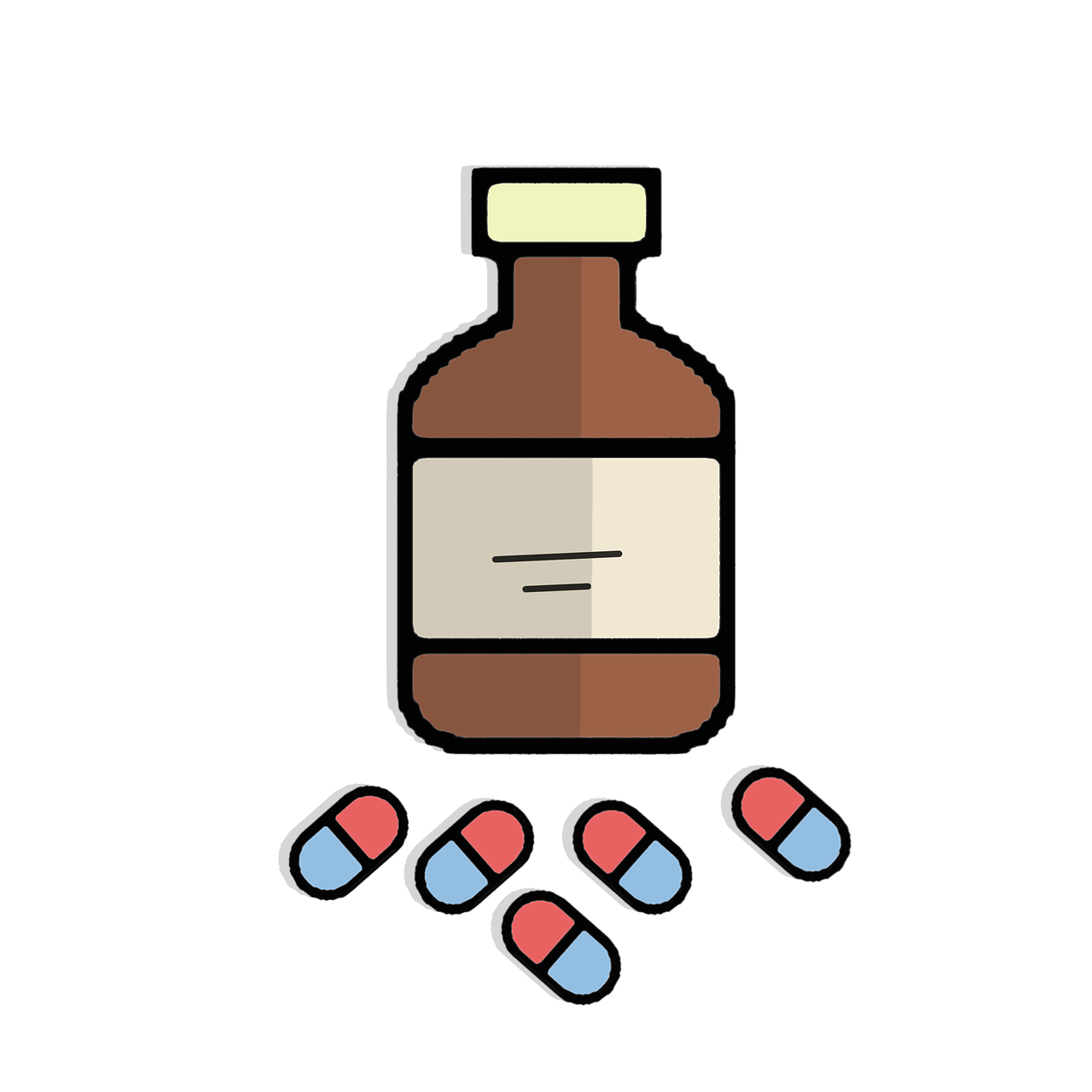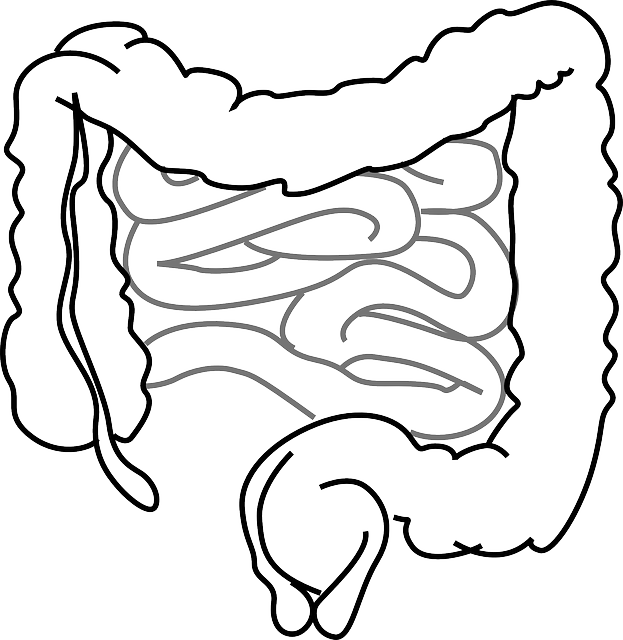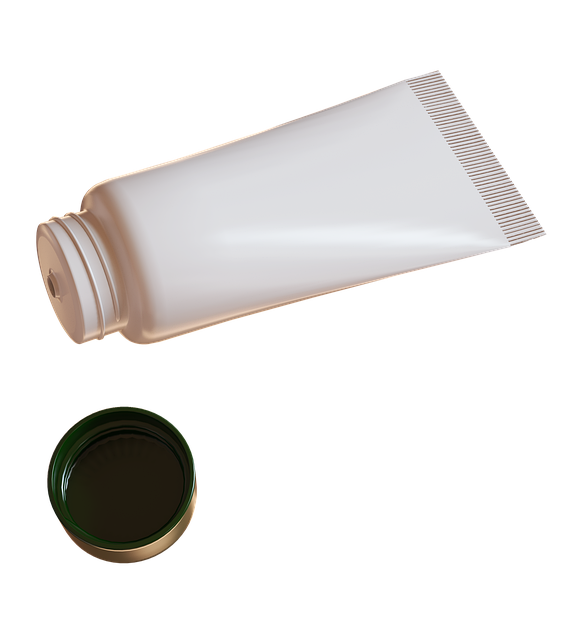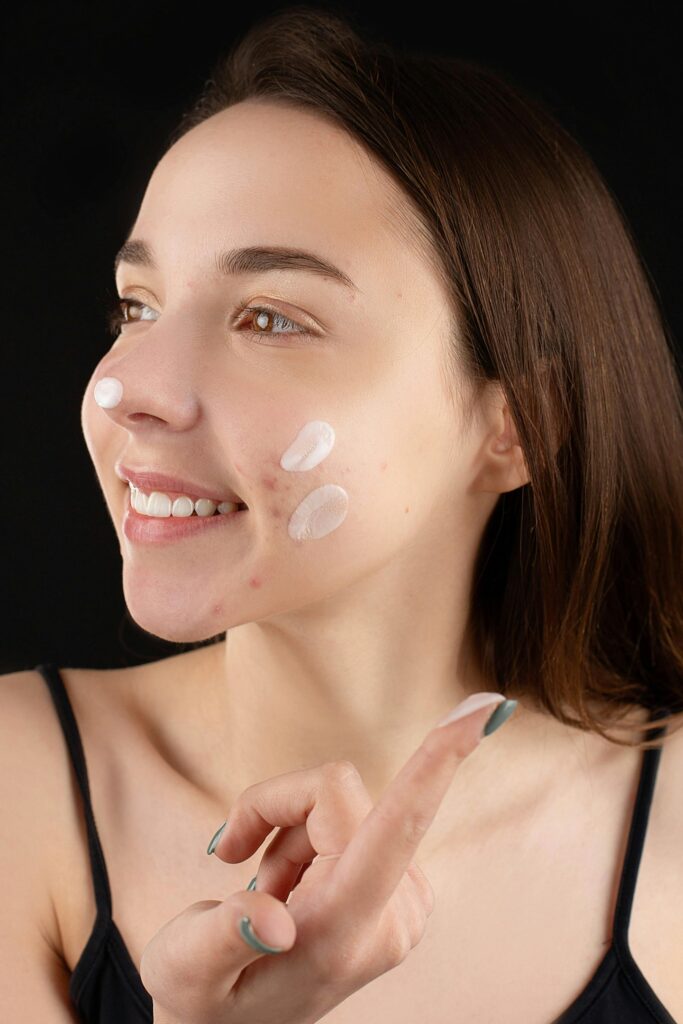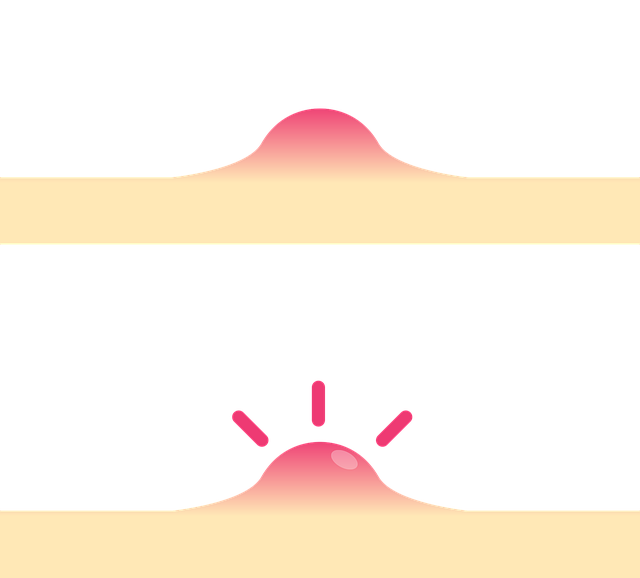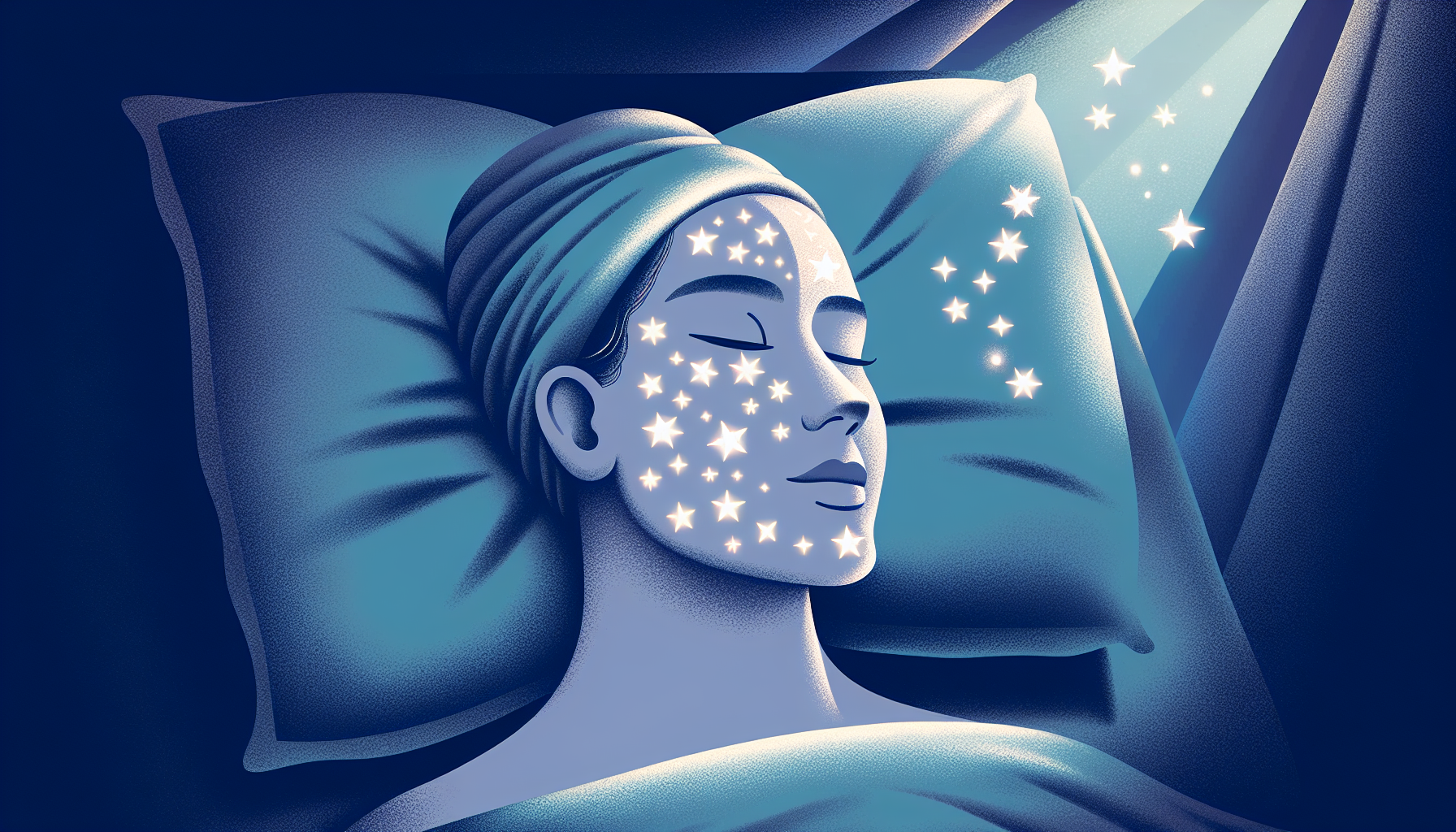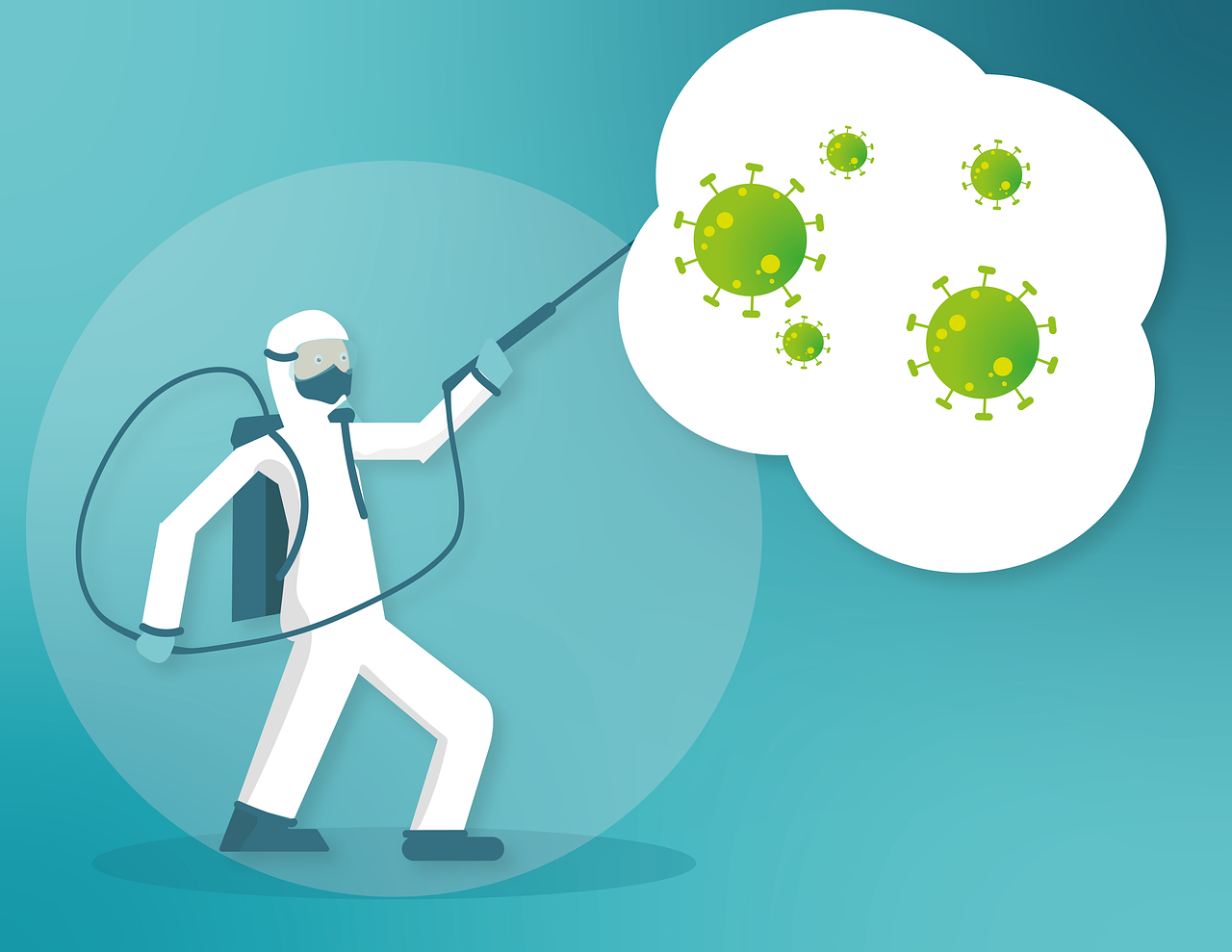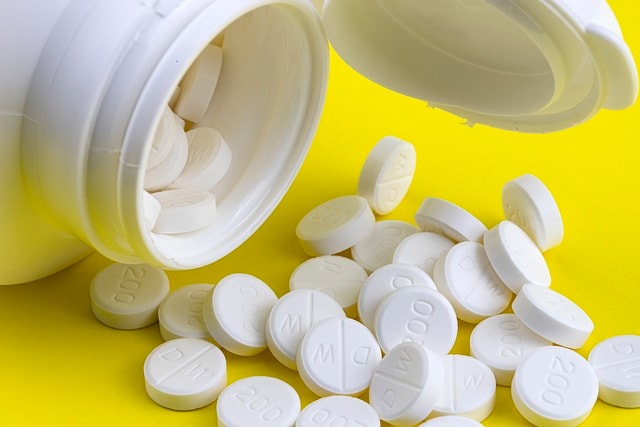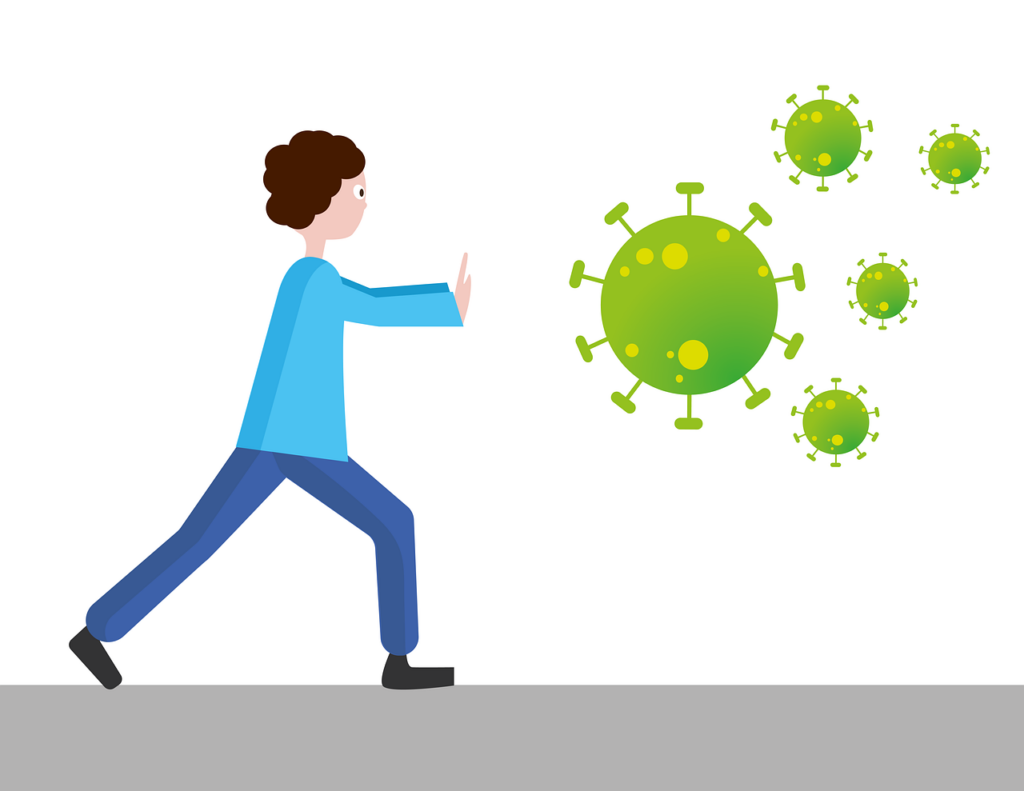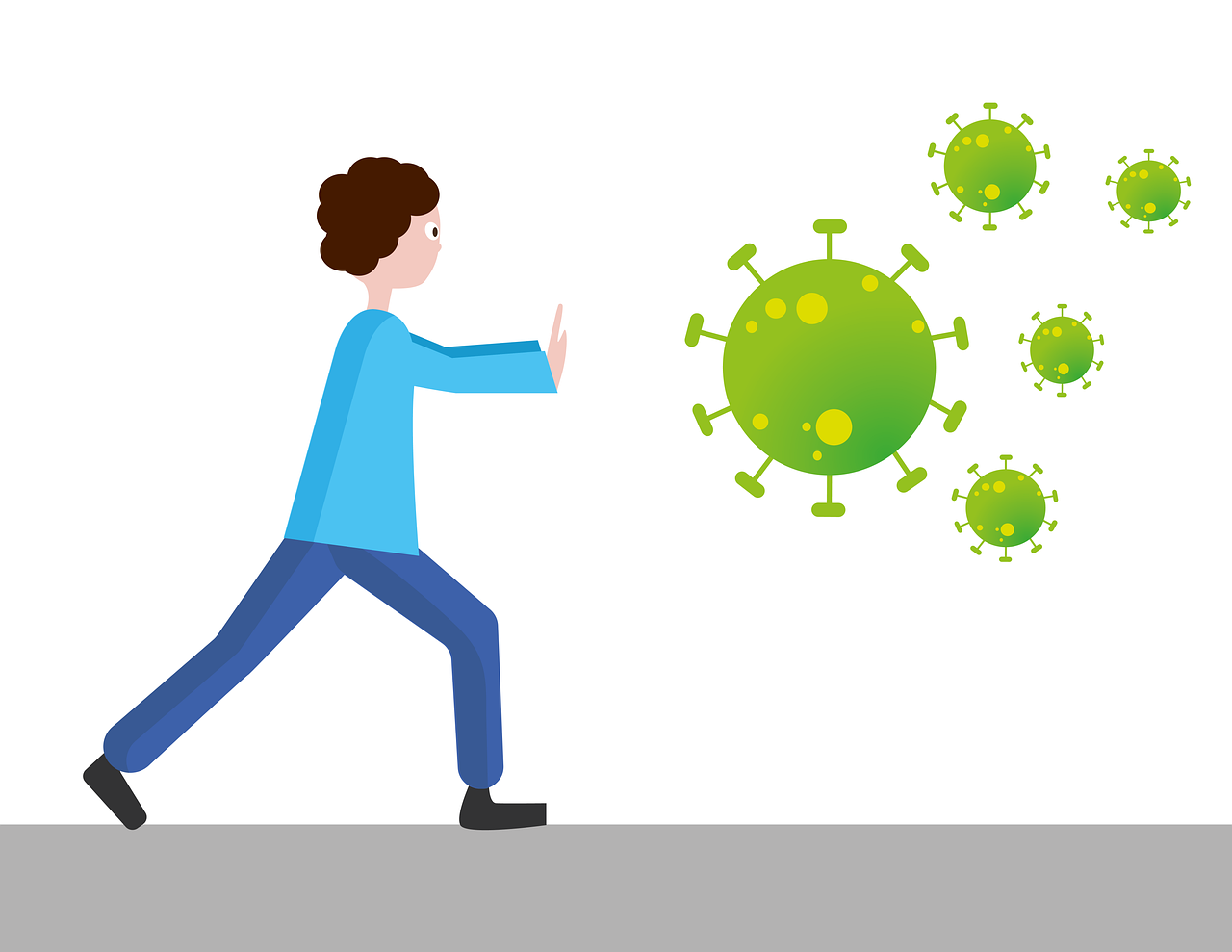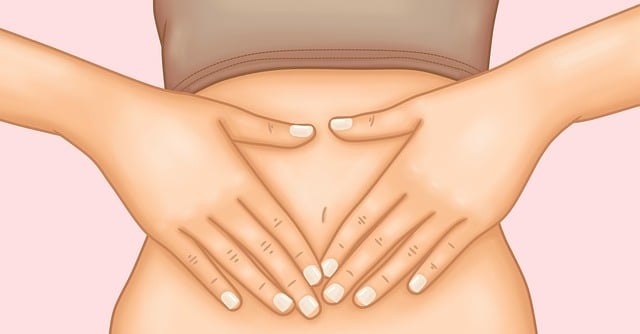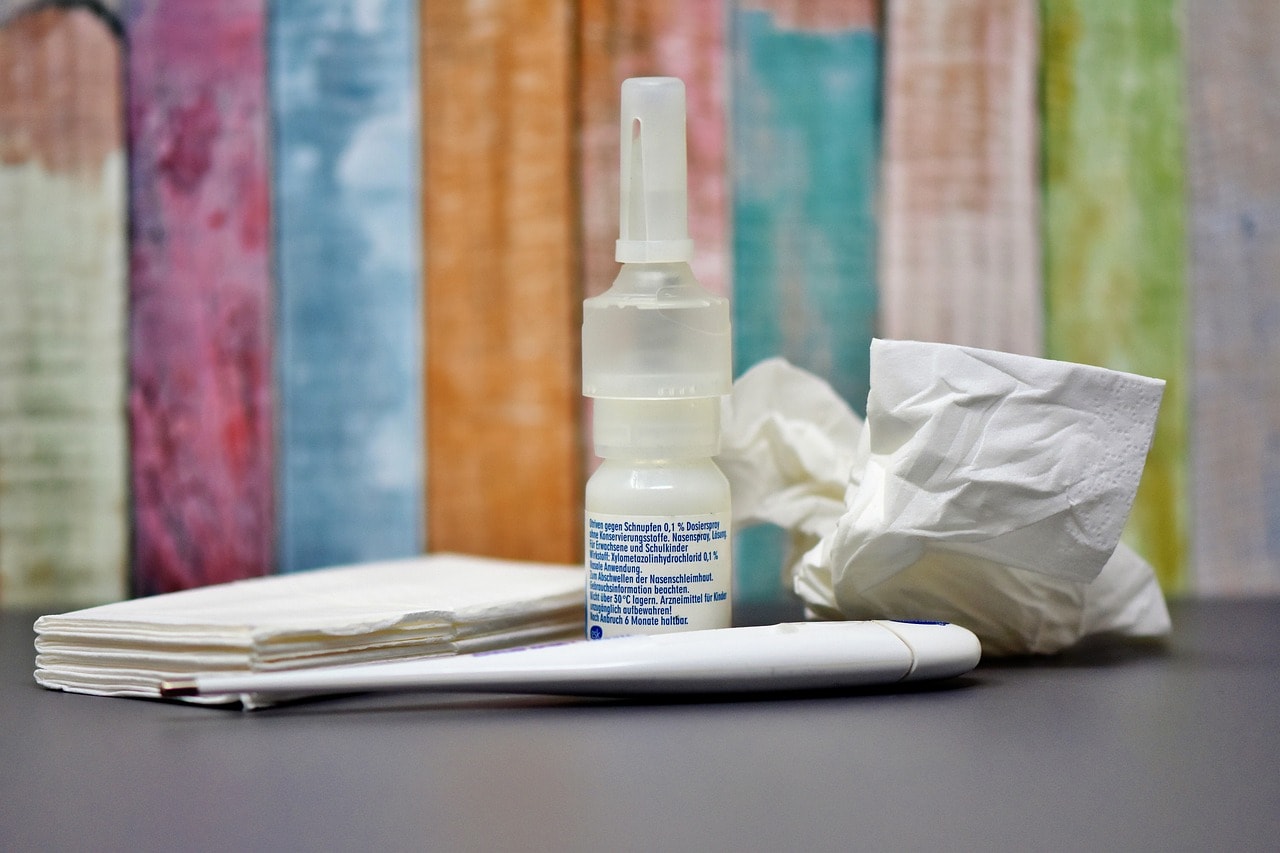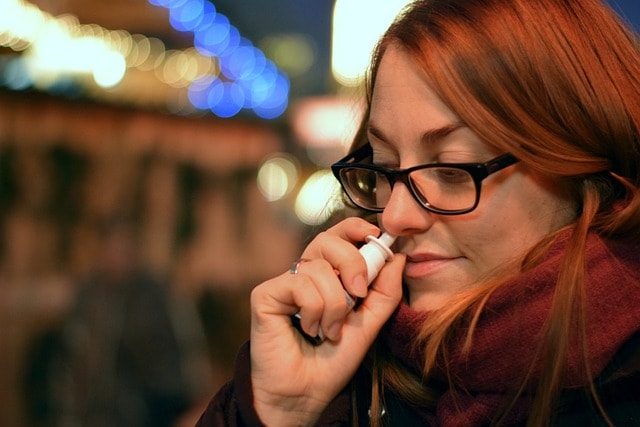Understanding Metronidazole for Dogs: Effective Treatment or Health Risk?
Understanding Metronidazole for Dogs: Effective Treatment or Health Risk?


Are you wondering if metronidazole for dogs can resolve your pet’s digestive distress or infection? Dogs metronidazole is widely used to treat diseases and diarrhea. Metronidazole is commonly used to treat diarrhea in dogs. This guide breaks down what you need to know about this go-to veterinary medication, including when it’s prescribed, dosage guidelines, side effects, and vital safety tips.
Key Takeaways
Metronidazole is a widely used antibiotic and antiprotozoal drug in veterinary medicine. It is effective against various dog infections, including anaerobic bacteria and protozoa. It is used to treat bacterial infections and protozoal infections, such as giardiasis, entamoeba, trichomonas fetus, and balantidium, and also treats inflammatory conditions like IBD.
Dosages of Metronidazole for dogs vary based on the individual’s weight and medical history. While generally safe, side effects such as gastrointestinal upset or neurological issues may occur, making close monitoring crucial.
Metronidazole’s safety in pregnant or nursing dogs is debatable due to potential risks. Owners should consult veterinarians for alternative treatments for GI issues and consider financial aids like NiHowdy’s prescription discount card.
The Role of Metronidazole in Veterinary Medicine

In veterinary care, Metronidazole is a medication highly regarded for its effectiveness in combating anaerobic bacterial infections. Veterinarians frequently use this prescription antibiotic to target and eliminate anaerobic bacteria that flourish without oxygen and can cause severe problems within a dog’s digestive system. Beyond targeting these stubborn bacteria, Metronidazole doubles as an antiprotozoal drug, providing robust defense against protozoan invaders like those responsible for giardiasis.
Metronidazole has garnered trust within the field of veterinary internal medicine due to its proven safety profile and therapeutic efficacy. When veterinarians opt for this medication, their decision is bolstered by its established record in addressing bacterial and protozoal infections—particularly ones causing diarrhea or other gastrointestinal issues among dogs. It is commonly used to treat bacterial and protozoal infections, including giardiasis, entamoeba, trichomonas fetus, and balantidium. Formulated in various presentations, including tablets, liquid suspensions, or injectables, it offers versatility, ensuring that it can be administered effectively across diverse canine demographics.
Employing metronidazole when treating canine companions marks significant strides toward health restoration.
Unpacking How Metronidazole Works
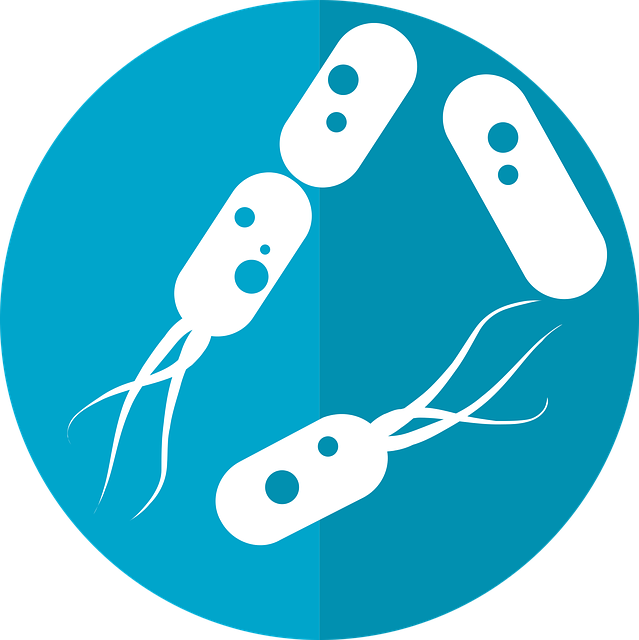
Metronidazole operates by launching an assault on the DNA of bacteria and protozoa, creating disorder and destroying them. Within bacterial cells, it hampers DNA while inhibiting repair enzymes, resulting in cellular fatality. While its method against protozoa involves instigating free radicals that harm their DNA, the exact mechanism remains somewhat enigmatic.
Metronidazole can penetrate the blood-brain barrier, allowing it to address infections within the central nervous system. This trait enhances its efficacy as a multifaceted medication in veterinary practice.
Treating Inflammatory Bowel Disease (IBD) with Metronidazole
Metronidazole serves a dual purpose: tackling infections and providing relief for dogs afflicted by inflammatory bowel disease (IBD). Metronidazole eases the internal strife within a dog’s GI tract through its capacity to modulate the immune system. While IBD is its primary focus, this prescription antibiotic effectively combats various other inflammatory conditions that plague the digestive tract.
A range of issues can be managed with Metronidazole, including:
Colitis is characterized by inflammation in the large intestine, which sometimes results from exposure to other antibiotics
Persistent diarrhea
Periodontal disease – an often-overlooked cause of pain for dogs
In battling these ailments, Metronidazole stands as a powerful contender.
When symptoms suggestive of an inflammatory disorder emerge in your canine companion, beginning treatment with Metronidazole could pave the way toward better gastrointestinal wellness.
The Effectiveness Against Giardia Infections
Metronidazole is an effective anti-protozoal drug that addresses the uncomfortable symptoms of giardia infections in dogs’ GI tracts. However, this medication is often not alone in its fight against protozoal infections; it’s frequently combined with other medicines to enhance its treatment power.
It should be noted that while Metronidazole is routinely selected for its efficacy, the application for Giardia and various other infections isn’t initially FDA-approved. Veterinarians have determined through practice that incorporating Metronidazole into their treatment regimens is both safe and advantageous despite this off-label status.
Dosage Guidelines for Canine Patients

Metronidazole dosage for dogs is not universally fixed. It’s typically calculated around 5 mg per pound of the dog’s body weight, to be given twice daily. This medication’s length and precise amount might differ based on the specific infection being treated, often between 5 and 7 days. Adhering strictly to veterinary guidance is crucial because a pet’s weight and health background are essential in deciding the optimal dose for safety and efficacy.
Whether addressing Giardia infections or various bacterial ailments, correct dosing of Metronidazole is indispensable in effectively treating infections and facilitating healing.
Metronidazole Benzoate: Alternative Formulations
Sometimes, convincing your dog to take a pill can be as challenging as brokering peace with an obstinate, small, furry ruler. This is where different preparations like Metronidazole benzoate prove invaluable. Available in a liquid suspension form, it’s ideal for dogs that resist pills and can easily be mixed into their meals to ensure they get the total dose seamlessly. Not only does Metronidazole come in this convenient form, but also as a topical gel or ointment and even an injectable version — offering various methods of administration to suit distinct scenarios and preferences.
With these various options, starting treatment with Metronidazole becomes far less daunting for pet owners and significantly more pleasant for our canine companions.
Recognizing Adverse Effects in Dogs Taking Metronidazole

Like any medication, taking metronidazole can lead to adverse effects. Although it’s typically considered safe when administered as directed, some dogs may experience:
Decreased appetite
Gastrointestinal symptoms such as nausea or diarrhea
Neurological issues, including tremors or seizures
Dermatologic reactions present with skin bumps, hair loss, swelling, and general signs of lethargy.
Vigilant observation is crucial while your dog is being treated with metronidazole. If you detect any worrying symptoms, it is advisable to consult a veterinarian promptly.
It cannot be overstated how important it is to ensure constant vigilance regarding your dog’s reaction to the medication and seek professional veterinary guidance immediately if distressing changes occur during their treatment with metronidazole.
When to Seek Help from an Animal Poison Control Center
Should you have concerns that your dog has ingested too much Metronidazole and is exhibiting worrisome symptoms such as seizures, vomiting, or a lack of coordination, it’s imperative to act swiftly. Secure emergency veterinary attention immediately and contact an animal poison control center for expert advice.
In instances where your pet has potentially overdosed on medication like Metronidazole, the promptness of your response is crucial. Quick action can significantly influence the health prognosis of your canine friend.
Interactions with Other Medications
If your dog has been prescribed Metronidazole, consider integrating a new element into an existing group—it must be compatible with the rest. You should notify your vet about any additional medications or supplements your pet is on, including flea treatments. Metronidazole can interact with other substances, such as different antibiotics, chemotherapy drugs, or natural remedies. These may require changes in dosing or more vigilant oversight.
Sharing a complete picture of all the health products and regimens currently used by your dog allows for tailoring a treatment protocol to ensure safety and effectiveness.
Special Considerations for Different Dog Populations
Special consideration is necessary when administering Metronidazole to specific groups of dogs, such as pregnant canines and juveniles. These animals are notably more susceptible to the drug’s impact. Dogs with pre-existing conditions affecting their liver or kidneys, as well as those prone to seizures, warrant vigilant observation due to the potential intensification of these problems by Metronidazole. Thus, discussing metronidazole usage and its possible adverse effects with a veterinarian is essential for these sensitive canine demographics.
Tailoring treatment protocols individually for each dog ensures they receive the most suitable and secure care while undergoing metronidazole treatment.
The Debate Over Metronidazole Safety in Pregnant Animals

There is a significant degree of caution in discussions regarding the safety of Metronidazole for pregnant animals. Research has highlighted worries about possible birth defects in unborn puppies, prompting most veterinarians to recommend against administering this medication to pregnant dogs. Similarly, it is advised that nursing dogs do not take Metronidazole since it can be transferred through breast milk and might pose risks to the suckling pups.
These concerns underscore the importance of seeking veterinary guidance before starting any new medication like Metronidazole during pregnancy or while breastfeeding.
Alternatives to Metronidazole for Gastrointestinal Issues
While Metronidazole is an effective treatment for gastrointestinal issues, it’s not the sole method to combat diarrhea. Alternative approaches include:
Implementing dietary modifications by introducing bland or special prescription diets may be an initial defense against mild acute diarrhea.
Incorporating foods high in fiber or those designed for hypoallergenic needs can also provide relief without immediately resorting to medication.
Probiotics offer a mild yet potent means of re-establishing equilibrium within the digestive tract. They can be used alongside or as a substitute for Metronidazole.
In some scenarios, additional medications such as Tylosin, anti-nausea agents, or other specific anti-diarrheal drugs may be administered alone or with Metronidazole to enhance your dog’s digestive well-being.
Financial Benefits of Using NiHowdy’s Prescription Discount Card
Regarding financial relief, NiHowdy’s prescription discount card offers significant savings for pet owners who are handling the expenses of ongoing medications such as Metronidazole. The registration process is straightforward and allows you to access immediate savings without concealed charges.
NiHowdy’s card provides a unique advantage by allowing users to accrue up to 3% back in Bitcoin on every medication purchase. Consider the expansion possibility of these earnings, which can aid your dog’s recovery journey and reduce your monetary strain over time.
Summary
As we wrap up our journey through the complexities of Metronidazole for dogs, it’s clear that this medication can be a powerful ally in treating a range of infections and inflammatory conditions. The key to its success lies in careful dosing, monitoring for adverse effects, and being mindful of interactions with other medications. Special considerations for various dog populations ensure that each pet receives the most suitable treatment. Financial tools like NiHowdy’s prescription discount card make managing your pet’s health more accessible. This knowledge empowers you to confidently and carefully navigate your dog’s treatment.
Frequently Asked Questions
Can Metronidazole be used to treat infections other than gastrointestinal ones in dogs?
Yes, Metronidazole can treat central nervous system infections in dogs because it can cross the blood-brain barrier.
Is it safe to give Metronidazole to my pregnant or nursing dog?
Administering Metronidazole to pregnant or lactating dogs is considered unsafe because of the possibility that it could lead to birth abnormalities in puppies or negatively affect their health while nursing.
To ensure the safety and well-being of both mother and pup, it’s advised to seek guidance from a veterinarian for different treatment choices.
What should I do if I think my dog has overdosed on Metronidazole?
If you believe your dog has ingested excessive Metronidazole, it is critical to contact an animal poison control center immediately and pursue immediate emergency veterinary attention.
Are there any alternatives to Metronidazole for treating my dog’s diarrhea?
Indeed, when dealing with your dog’s diarrhea, you have alternatives to Metronidazole, such as adjusting the diet, adding probiotics, or opting for the medication Tylosin. These methods can effectively tackle the problem without relying exclusively on Metronidazole.
How can NiHowdy’s prescription discount card help with the cost of my dog’s medications?
Utilizing NiHowdy’s prescription discount card for your canine’s medication needs can result in savings. It provides up to a 3% Bitcoin prescription rebate and assists with long-term treatment expenses.
Understanding Metronidazole for Dogs: Effective Treatment or Health Risk? Read More »




